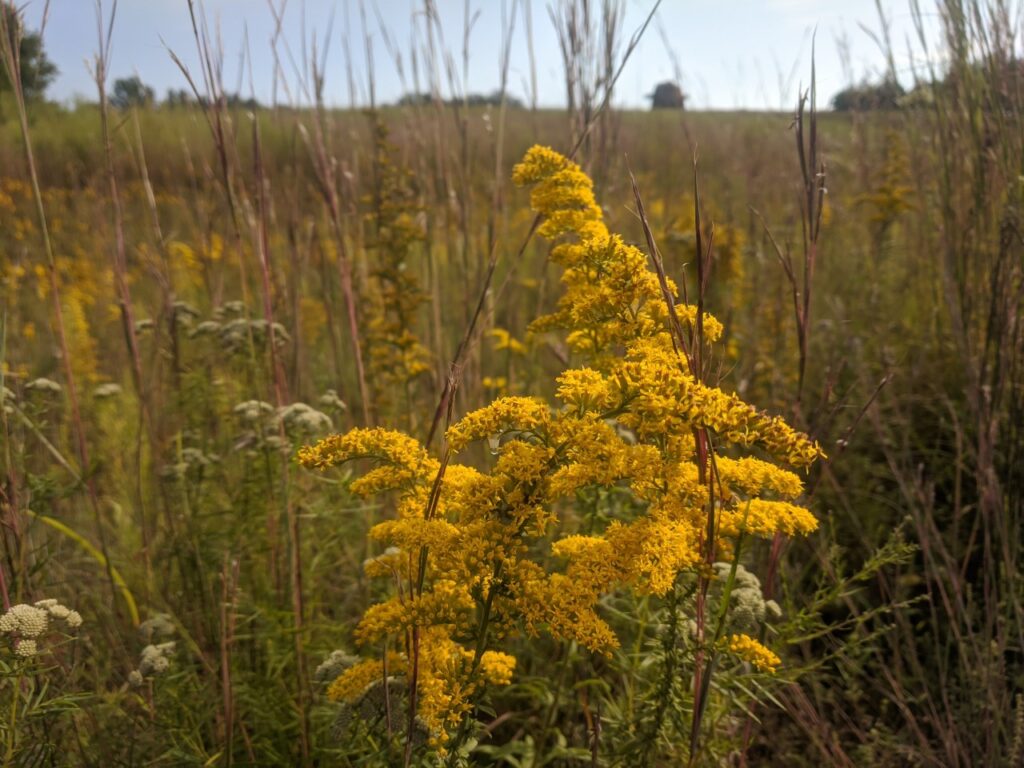Glenstone offers nearly 300 acres of landscape fully integrated with the architecture and art. The landscape includes paths, trails, streams, meadows, forests and outdoor sculptures throughout the grounds.
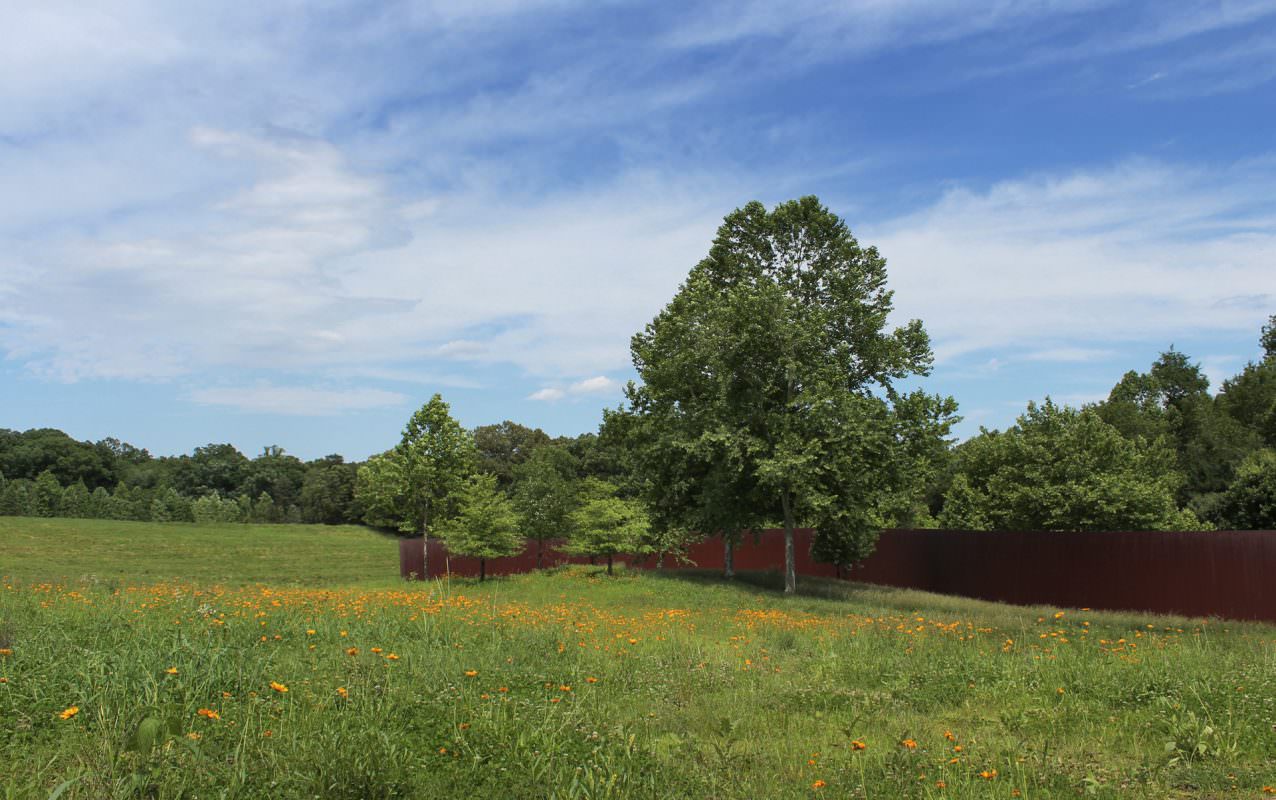
Organic Landscaping
We have followed an organic approach to landscaping since 2010, working hard to identify gentle alternatives to harsh chemicals in order to maintain a healthy environment for our visitors and native wildlife. We maintain our own composting station which produces compost used as a fertilizer and soil amendment throughout the grounds.
The landscape was designed by PWP Landscape Architecture.
Our Environmental Center highlights the museum’s sustainability efforts in composting, organic landscape management, waste reduction, materials recycling and water conservation. You can access this information here and learn how to replicate these practices at home.
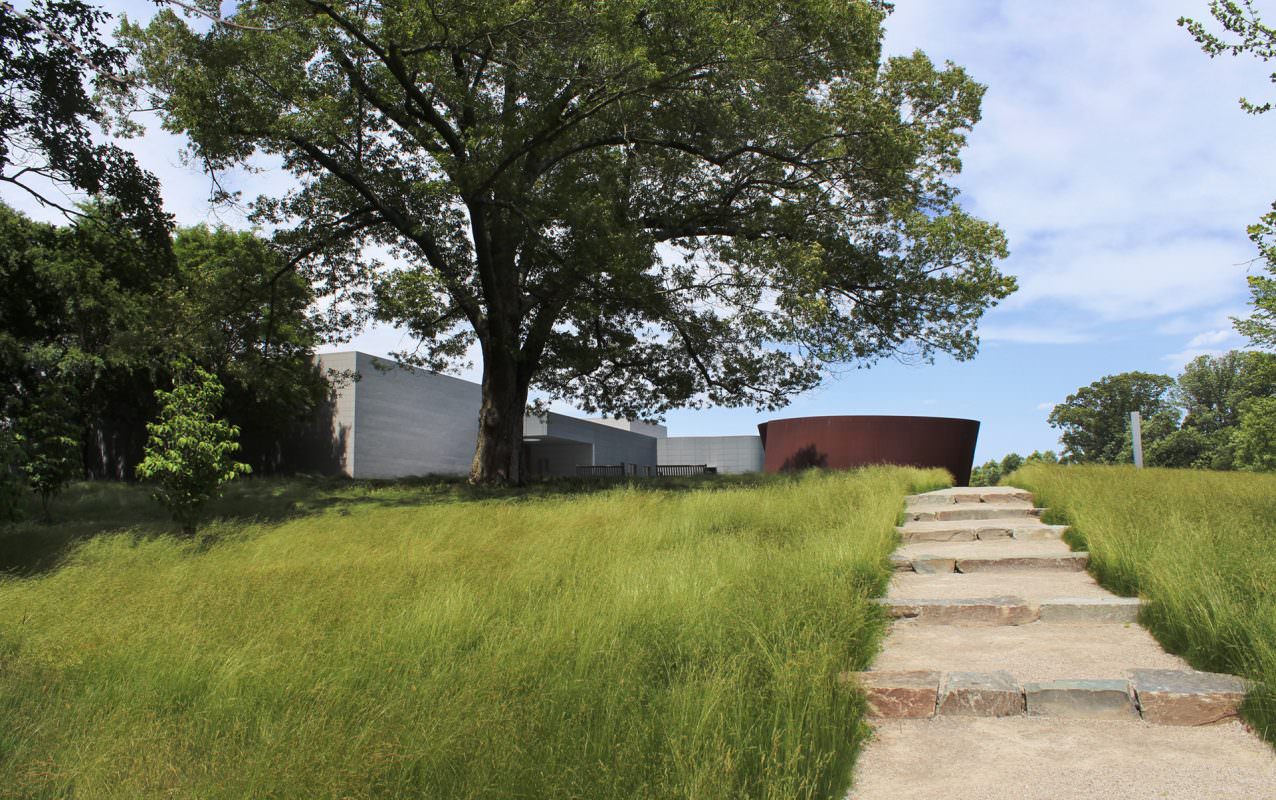
Reforestation
We planted trees, understory vegetation and groundcover flora as part of our reforestation efforts. From 2013−2018, we planted more than 13,000 trees, in addition to thousands of shrubs, annual and perennial grasses, and flowers.
We plant only native, regionally appropriate species, which require the fewest resources to maintain and provide appropriate food and habitat for local fauna.
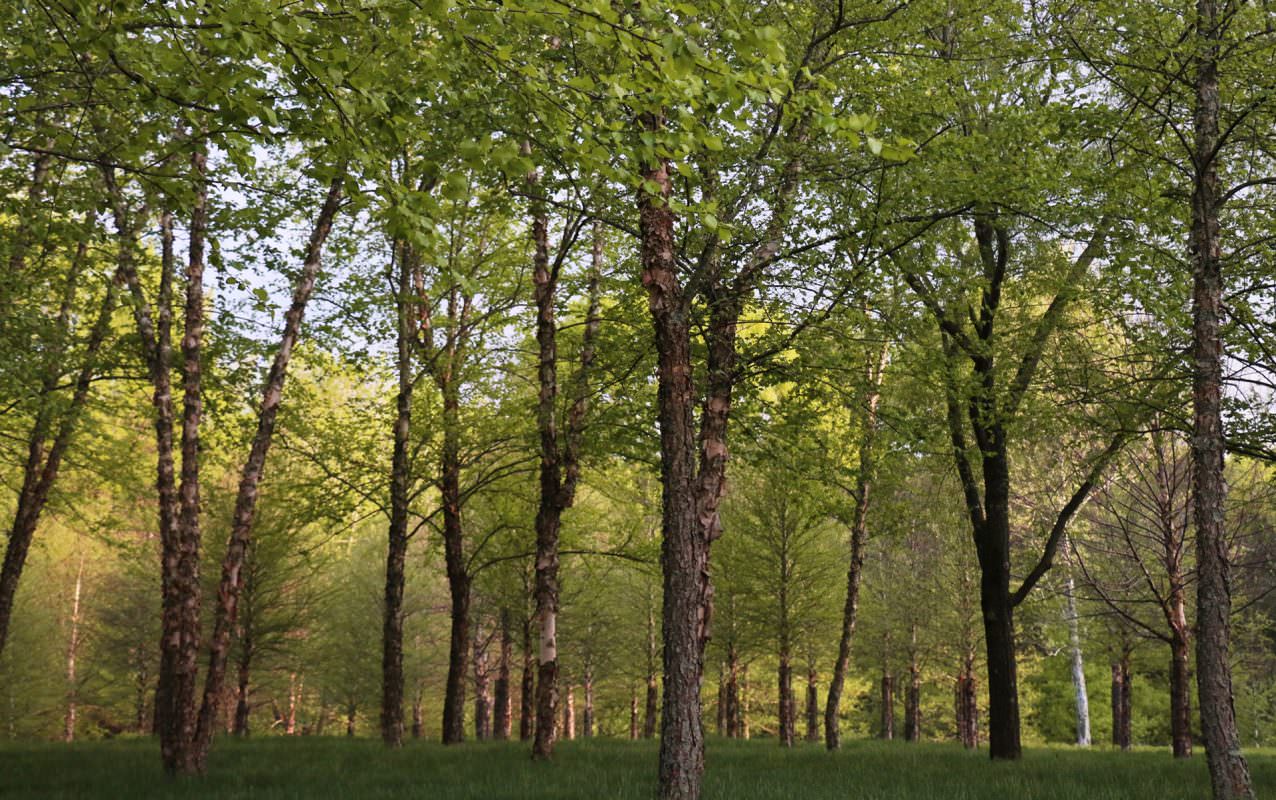
Water
Glenstone is home to several distinct aquatic ecosystems including the Greenbriar Branch stream, the Pavilions Water Court, a large pond by the Gallery, and a smaller lily pond situated along the Woodland Trail.
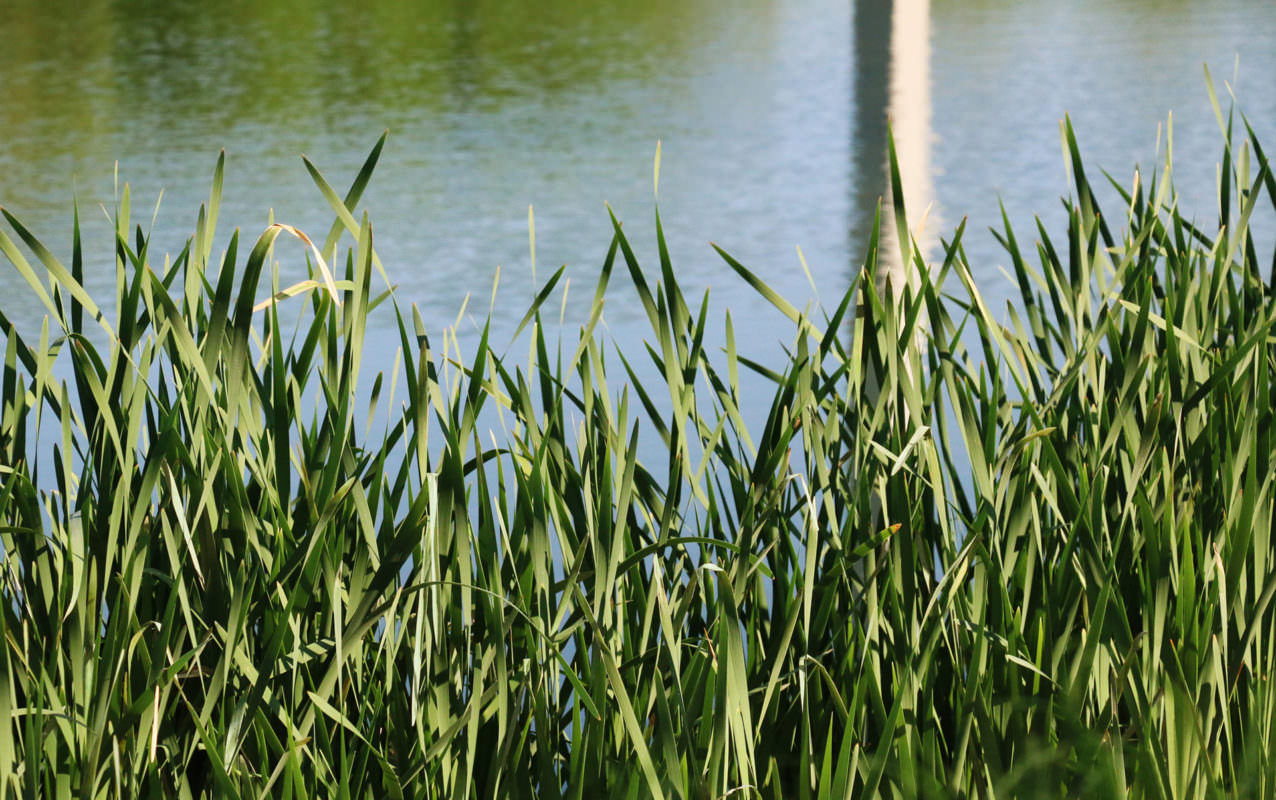
We use these ponds as well as three underground cisterns to manage rainfall flow throughout the property and recycle the water for landscaping purposes. When combined, our cisterns have the capacity to hold nearly one million gallons of water. We constantly monitor the moisture of all soils to conserve as much water as possible and only supply additional irrigation when and where it is needed.
In addition to its water recycling program, Glenstone has committed to restoring the two depleted tributaries of the Potomac River located on the property. In close coordination with Montgomery County, in 2015 we implemented a plan designed to improve water quality, reduce sediment reaching the Potomac, and renew the wildlife habitat for aquatic organisms.
Meadows
The meadow unifies the landscape and emphasizes the contours of the restored terrain. In cultivating nearly forty acres of meadow spread throughout the grounds, we chose specific grasses and wildflowers that will nurture a balanced ecosystem. Over time, the grasses will grow to about three feet in height.
